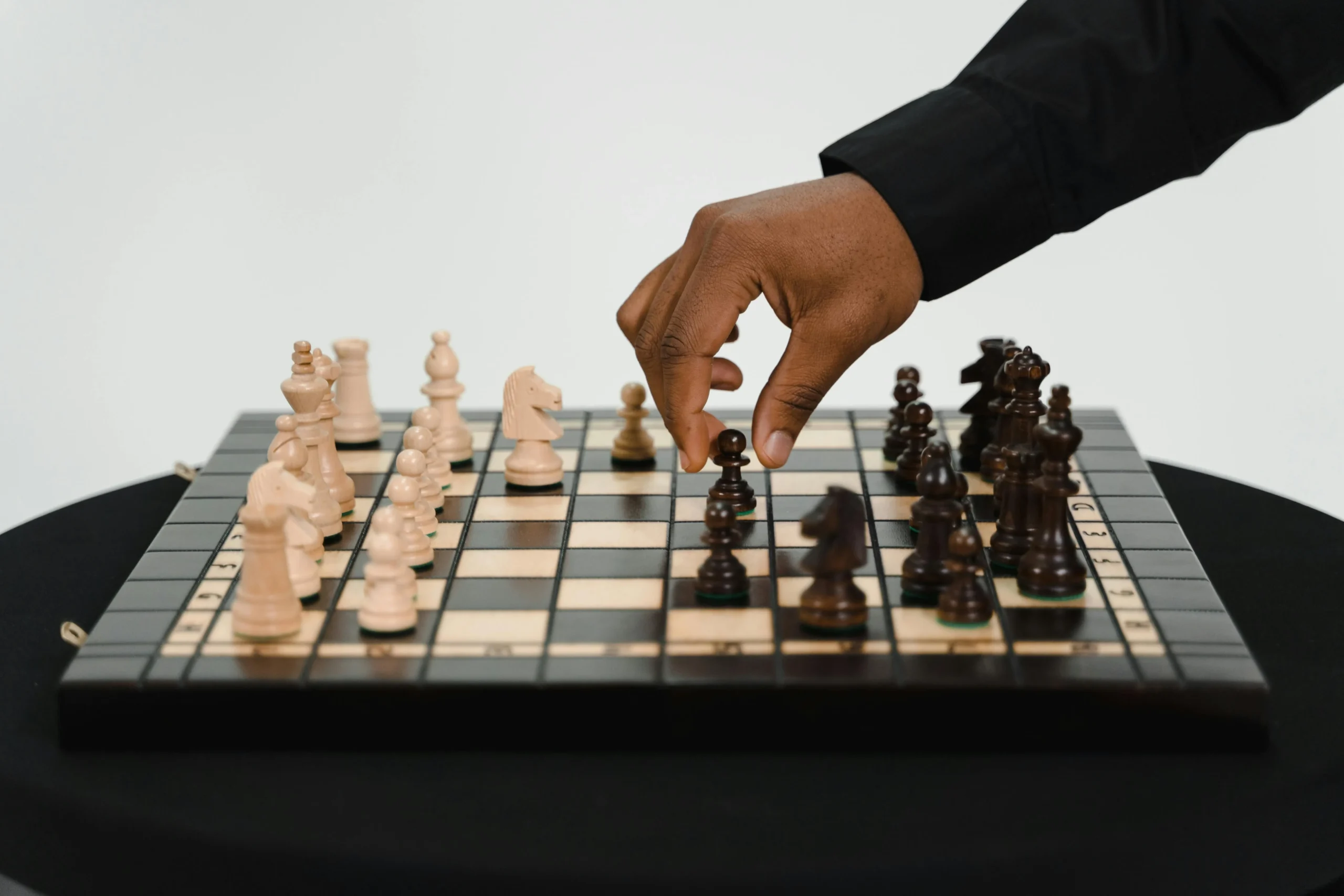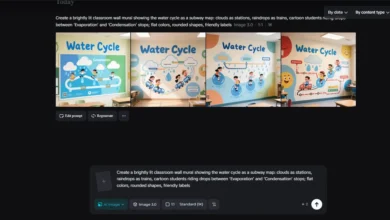
The idea of learning chess independently sounds empowering. With thousands of free videos, puzzles, blogs, and annotated games just a click away, why wouldn’t motivated players believe they can teach themselves everything they need? After all, the internet is full of stories about self-made talents and independent thinkers. But in chess, as in most disciplines, the reality is more complex.
What seems logical at first glance can easily turn into a trap—one that leads to slow progress, confusion, or even burnout. This article examines the most common myths about self-teaching in chess and why believing them might be the very thing holding back your improvement.
Myth 1: All the Knowledge Is Online — I Just Need to Absorb It
This is perhaps the most widespread assumption among new and intermediate chess players. The belief is that if the material is available, improvement is simply a matter of time and effort. Watch videos, read a few blogs, solve tactics, and eventually things will click.
The problem is that knowledge and learning are not the same. Watching dozens of opening videos doesn’t mean you’ve internalized opening principles. Reading about positional play doesn’t guarantee you’ll spot a backward pawn during your game.
The issue lies not in the lack of information, but in its overwhelming abundance. Without a clear structure or understanding of what’s developmentally appropriate, players often end up jumping from one concept to another.
One day it’s the Sicilian Defense, the next day a Queen’s Gambit Declined deep dive, followed by random endgame studies. It feels productive, but the learning is fragmented, shallow, and often contradictory.
This approach also makes it difficult to identify what’s helping. Are you improving, or just accumulating trivia? More importantly, are you reinforcing habits that will help you play better games, or merely collecting ideas without knowing when or how to apply them? Without structure, even great material leads to confusion.
Actual growth in chess doesn’t come from passive absorption. It comes from the ability to connect ideas, practice them in the right context, receive feedback, and revise your thinking. None of that happens by default just because the content is “out there.” The internet is a treasure chest—but only if you know what you’re looking for and how to use it.
Myth 2: The Best Teacher Is Experience
There’s a romantic idea in chess that experience alone will sculpt a strong player. Just keep playing, and the insights will naturally emerge. Playing regularly is indeed essential, but experience without reflection often leads to stagnation. Repeating the same type of game over and over, without any meaningful analysis, can entrench bad habits rather than correct them.
This myth persists because some players do improve steadily through trial and error, especially early on. However, that growth curve flattens quickly when a player fails to stop and question their decisions or evaluate their reasoning. Progress becomes unpredictable. One game is brilliant; the next is chaotic. Without a clear feedback loop, it’s challenging to know what worked and what was accidental.
That’s where structured mentorship becomes transformative. Learning under the guidance of a grandmaster chess coach enables players to delve beyond the surface of their experience. Coaches help identify thought patterns, expose blind spots, and clarify the decision-making process that leads to consistency and effectiveness. It’s not just about playing better moves—it’s about thinking better thoughts.
- Experience alone rarely teaches you how to diagnose your mistakes.
- Unanalyzed losses often reinforce poor habits instead of eliminating them.
- Winning doesn’t always mean your strategy was correct—it may mean your opponent blundered worse.
- Feedback accelerates improvement far more than repetition ever could.
There’s no denying that playing games is vital. But games without reflection are like lectures without note-taking. The lessons fade quickly. Only when experience is paired with structured guidance can it become a reliable engine of progress.
Myth 3: Playing More Games Equals Getting Stronger
It’s tempting to believe that volume is the key to improvement. After all, practice makes perfect, right? But in chess, simply playing more games does not guarantee growth. Unstructured repetition can reinforce weak thinking habits.
When games are played without clear goals, analysis, or mental discipline, they often turn into exercises in frustration rather than learning opportunities.
Many players rack up hundreds of blitz games hoping to “feel” their way toward improvement. But without intention, these games become mechanical.
Time pressure rewards fast instincts over deep thinking, and players often gravitate toward superficial strategies that prioritize quick tactics over long-term understanding. Over time, this can create a distorted sense of competence, strong in narrow scenarios, weak in unfamiliar ones.
It’s not the number of games that matters, but the quality of thinking during and after those games. Was there a plan? Did you consider alternatives? Did you review your losses to find out why your idea didn’t work? These are the questions that drive progress. Mindless play, by contrast, leaves those questions unanswered and improvement stalled.
- Unreviewed games reinforce flawed patterns.
- Time pressure reduces the opportunity for structured calculation.
- Playing without reflection leads to a “hope chess” mentality.
- Quantity without quality leads to shallow pattern recognition.
Consistent improvement requires more than just playing. It involves the habit of thinking critically before, during, and after each game. Playing is practice—but only if you know what you’re practicing.
Myth 4: You Can Build a Study Plan Just by Watching YouTube
The rise of online chess content has been a game-changer. Dozens of channels offer high-level instruction, entertaining analysis, and tactical breakdowns. It’s easy to think: “Why pay for coaching or structure when I can just watch YouTube videos for free?” The problem is, YouTube is designed for engagement, not pedagogy. What feels like learning is often just passive consumption.
The danger lies in the illusion of completeness. Watching a 20-minute video on “How to Beat the Sicilian Defense” may feel satisfying, but it rarely equips a player with the depth needed to apply those ideas under pressure. Most content is either too broad or too narrow, lacks progression, and assumes prior knowledge—or delivers information out of sequence.
- Videos often skip over the fundamental building blocks necessary for a true understanding.
- There is no feedback loop—misinterpretations go unchecked.
- Content may be entertaining, but not tailored to your level or weaknesses.
- Jumping between topics prevents skill consolidation.
In the absence of guided practice, video watching becomes a form of procrastination dressed as productivity. Players convince themselves they are working hard, when in fact they are circling the same few ideas over and over. Real learning requires targeted effort: repetition, correction, and reflection. YouTube can support that—but it can’t replace it.
Chess improvement thrives on coherence. A study plan must be personalized, ordered, and aligned with specific goals. Watching videos in random sequence, no matter how insightful they seem, rarely produces sustained gains. Content without context is just noise.
Myth 5: Discipline and Hours Are All You Need
There’s a deeply ingrained cultural belief that discipline conquers all. Wake up early, study hard, grind the hours—and success will follow. In many areas of life, this can hold true. But in chess, raw discipline without intelligent structure often leads to burnout rather than brilliance. Effort matters, yes—but only when it’s aligned with effective methods.
Many self-motivated players build ambitious routines: three hours of tactics per day, followed by opening memorization and late-night blitz. For a while, they feel progress. But soon, fatigue sets in. Patterns don’t stick. Losses mount. Confidence wavers. Why? Because chess is a game of quality over quantity. What you do during those hours matters far more than how many hours you log.
Discipline is important, but without reflection and feedback, it becomes mechanical. The mind goes through motions, not development. Many disciplined players unknowingly reinforce flawed processes. They repeat calculation mistakes, drill the wrong ideas, and hard-code shallow understanding. Their effort is real, but their progress stalls.
Chess improvement isn’t about doing more, it’s about doing what works. Sustainable growth requires moments of rest, opportunities to challenge assumptions, and time to reflect on what has been learned. The best training plans adapt, evolve, and respond to the learner’s needs. Discipline serves that process—it doesn’t replace it.
The real key isn’t endurance, but awareness: knowing when to push, when to pause, and how to transform effort into insight. Without that awareness, even the most committed student will eventually plateau. In chess, willpower is a tool—but it’s not the map.
What Actually Works — Moving Beyond the Myths
Self-teaching has its place. Curiosity, independence, and motivation are essential qualities in any strong chess player. But when those qualities are left without guidance, they often fall prey to misleading assumptions. The truth is, chess improvement requires more than effort—it requires structure, feedback, and reflection.
Growth isn’t just about consuming more content or playing more games. It’s about asking better questions, confronting your blind spots, and learning how to think more clearly at every stage of the game. Move beyond the myths, and the path forward becomes not only clearer—but also far more rewarding.

















